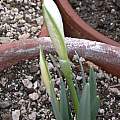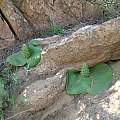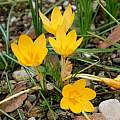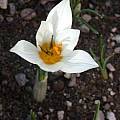@David Pilling Well Cat pictures never fail...
@Uli No scent is definitely a plus in an arum. Personally I've tried to get Arum palaestinum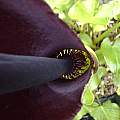 to flower for several years, no succes yet. Yes, I did fertilize it, which is definitely atypical for me..
to flower for several years, no succes yet. Yes, I did fertilize it, which is definitely atypical for me..
First 2 pics are a comparison of Amana edulis (left) and Amana anhuiensis (right), which actually seem almost identical to me besides intensity and definition of the outside pattern and (invisible in the picture) the growth of up to 3 buds from one bulb in the edulis. Edulis is new for me, anhuiensis slowly does clump up.
(left) and Amana anhuiensis (right), which actually seem almost identical to me besides intensity and definition of the outside pattern and (invisible in the picture) the growth of up to 3 buds from one bulb in the edulis. Edulis is new for me, anhuiensis slowly does clump up.
Third pic is Crocus fleischeri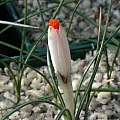 which seems to have a slug problem in this very wet spring.
which seems to have a slug problem in this very wet spring.
Fourth pic is my still most expensive Galanthus: The Wizard. But I'm already surfing around the common sites and I'm batteling the urge of getting one of the apricots, which again would double the invest... Of course I could blame Galanthus Viridapice (pic 5) for this, as cheap as it was, started the slippery slope. I'm actually thinking about donating it to the EX to infect others...
@Uli No scent is definitely a plus in an arum. Personally I've tried to get Arum palaestinum

First 2 pics are a comparison of Amana edulis

Third pic is Crocus fleischeri

Fourth pic is my still most expensive Galanthus: The Wizard. But I'm already surfing around the common sites and I'm batteling the urge of getting one of the apricots, which again would double the invest... Of course I could blame Galanthus Viridapice (pic 5) for this, as cheap as it was, started the slippery slope. I'm actually thinking about donating it to the EX to infect others...

